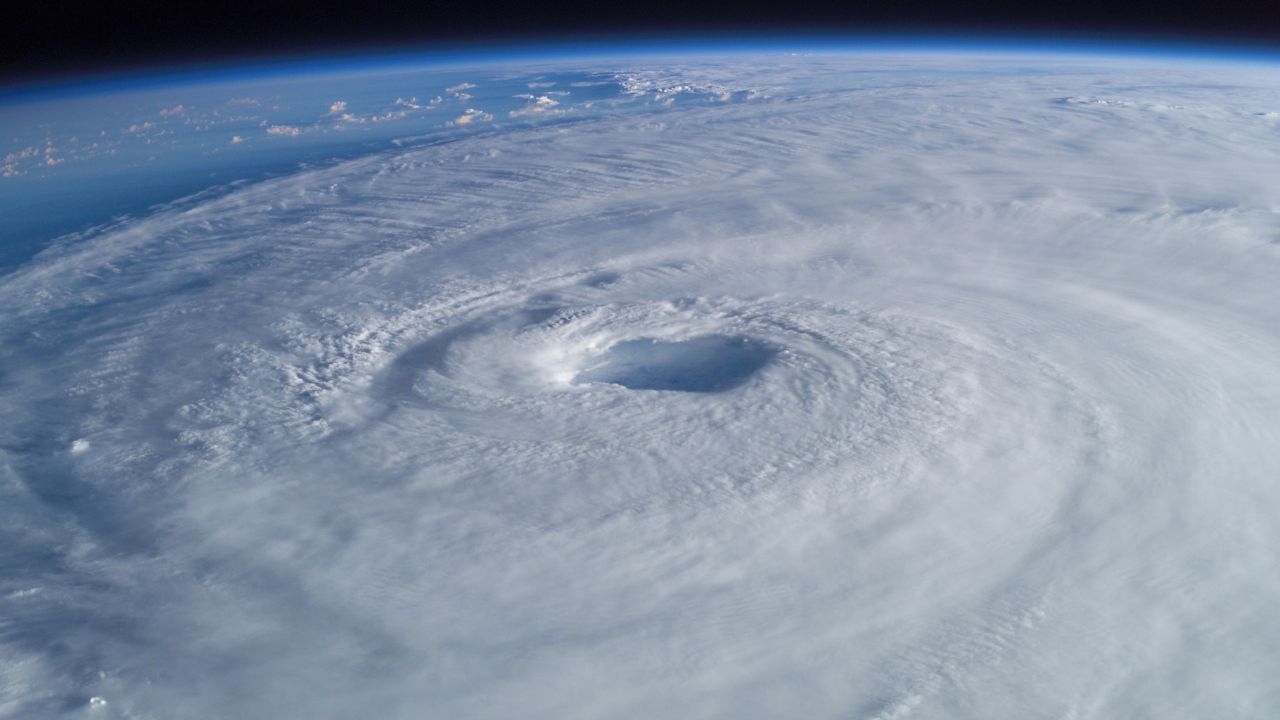The United States is a magnet for severe weather, and 2024 has brought no shortage of climate and environmental disasters. Thanks to the varying landscapes in North America, the U.S. experiences everything from hurricanes to tornadoes to winter storms and everything in between.
Unusual weather activity has been in the spotlight thanks to Hurricane Helene, which, after tearing through Florida and Georgia, brought disastrous flooding to inland North Carolina and Tennessee. Spring and summer ushered in the most active tornado season since 2017. While no stranger to winter storm events, my city experienced several tornado warnings, with one twister dropping less than a mile from Buffalo City Hall.
It doesn’t matter if you live in the deep South or West Coast – we’re all at the mercy of our environment, and weather conditions can change in an instant. It’s important to have a plan in the event of a natural disaster, even if you don’t think you’ll need to evacuate your home.
Considering emergency preparedness can be uncomfortable for many, especially if you’ve dealt with a traumatic weather event in the past. A bag or box filled with supplies you can easily transport will ease worries and help you remain safe, whether you’re hunkering down or heeding evacuation orders.
Plan For The Worst, Hope For The Best
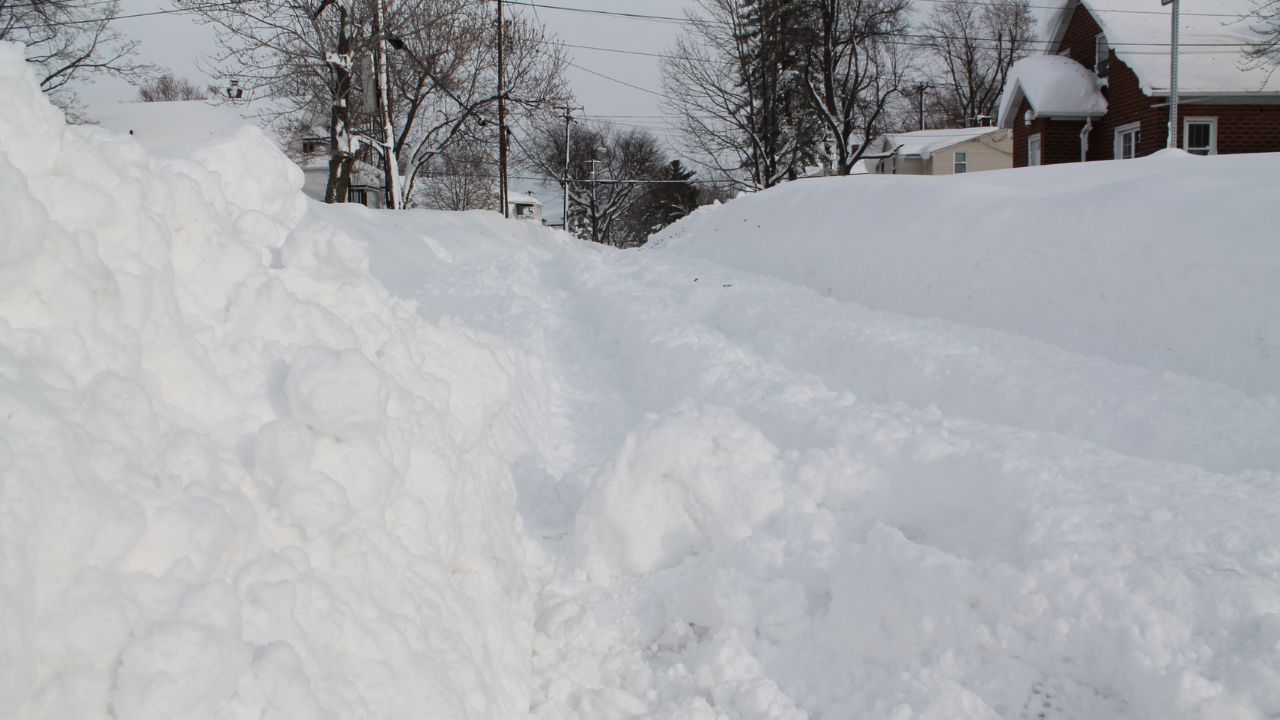
I live in Buffalo, where getting at least one severe winter storm a year is normal. Thanks to the influence of Lake Erie and Lake Ontario, Western New York experiences a lot of lake effect snow, a phenomenon you have to see to believe.
In 2014, five feet of snow buried Southern Erie County, and while you’d think that would be a once-in-a-lifetime event, a blizzard hammered the City of Buffalo and the surrounding towns with six feet of snow during the Christmas of 2022. Both storms crippled the area for weeks, and unfortunately, many lives were lost.
It doesn’t matter if you live in an area that’s prone to hurricanes, tornados, or snowstorms: if a certain weather event is common, you’re more likely to write off the need for an emergency plan. How often do those in Tornado Alley dismiss the sound of warning sirens? How often do people in snow country dismiss hazardous condition warnings? Too often. Don’t assume a weather event won’t affect you just because you’ve endured it before or because you’re “used to it.” Treat every forecast seriously – you’re much better off over-preparing than being caught off guard.
Expert Advice

There’s a ton of guidance out there on what to pack in an emergency preparedness kit. Getting a “go bag” ready is actually a unique, individualized process. Your needs are very different from the needs of your neighbor, and taking a step back and preparing your kit before disaster strikes will cut down on anxiety and panic in a moment filled with emotion.
FEMA recommends all emergency preparedness kits contain:
- One gallon of water per person, per day
- A three day supply of nonperishable food
- Prescription medication
- Battery powered radio
- Flashlights
- First Aid kit
- A wrench to turn off utilities
- Batteries
- Whistle
- Garbage bags
- Maps
- Cell phone chargers with a backup battery
Personal Experience

Fortunately, I’ve never been under a mandatory evacuation order. I have, however, chosen to leave my home to shelter with others ahead of a major disaster.
I moved into my own house in 2022. Not wanting to change my holiday traditions, I decided my puppy (Cassie) and I would sleep over at my parent’s house to spend Christmas morning with them. The plan was for me to load up my car with gifts and an overnight bag on the 24th, then drive Cassie and myself 20 minutes across town to enjoy Christmas Eve church services with my parents and sister.
As someone with anxiety, I’m constantly aware of the weather forecast, which got pretty grim on the 21st, with local meteorologists warning of heavy snow and low visibility on Christmas Day. As I finished up work on the 22nd, my dad gave me a call.
“You still planning on sleeping over?”
“Yeah, why?”
“I think I should come pick you up tonight instead of you driving here. I don’t have a good feeling about the snow.”
Fine with me. He was at my house within two hours, and after we loaded wrapped gifts and my bag into his truck, the two of us stood in my backyard. The grass was green, but the wind was picking up. We discussed building a little shelter around my gas and sump pump pipes and ultimately decided against it before pulling my car into my tiny 1940s garage and heading on our way. Cassie was thrilled to go on a car ride and snuggled right up to my dad on the drive over.

The roads were busy. There were ominous clouds. I wasn’t worried, and now that I was headed to my parent’s house, they didn’t seem very worried either.
At 9AM on December 23rd, it started to snow. By 10:30 AM, none of us could see across the street, and 11AM, the power went out. Travel bans went into place, and by noon, all public services in Buffalo and the surrounding towns were suspended, with county officials announcing, “if you have an emergency, we will not be able to reach you” during news broadcasts we watched on a 20 year old TV powered by the generator.
I checked in on conditions at my house by dropping in on my Alexa Dot. Carbon monoxide alarms were going off, which filled me with anxiety. My longtime friend, who lives a few blocks away from me, said they were trapped in their house and couldn’t get to mine to investigate. When she could look out her window, my neighbor reported my house was fine, but the snow had buried my gas line pipes.
Meanwhile, my parent’s home continued to get colder. We all dressed in layers, and I put an old sweater on Cassie and my family’s dog, Elizabeth, who felt the chill despite their fur. At night, Cassie and I snuggled together under three blankets on the spare bed in the basement. My sister and I wrapped ourselves in fitted sheets and huddled on the floor of her room to watch the Bills play the Bears in Chicago on my phone – nothing will keep a Buffalonian from viewing the Bills.
Fortunately, power to my parent’s house was restored around 7PM on Christmas Eve. With the lights on the tree glowing and Christmas music on the radio, we switched to watching the news on the flatscreen. Travel bans were still in place. Emergency services were still suspended. And, worst of all, fatalities were growing.
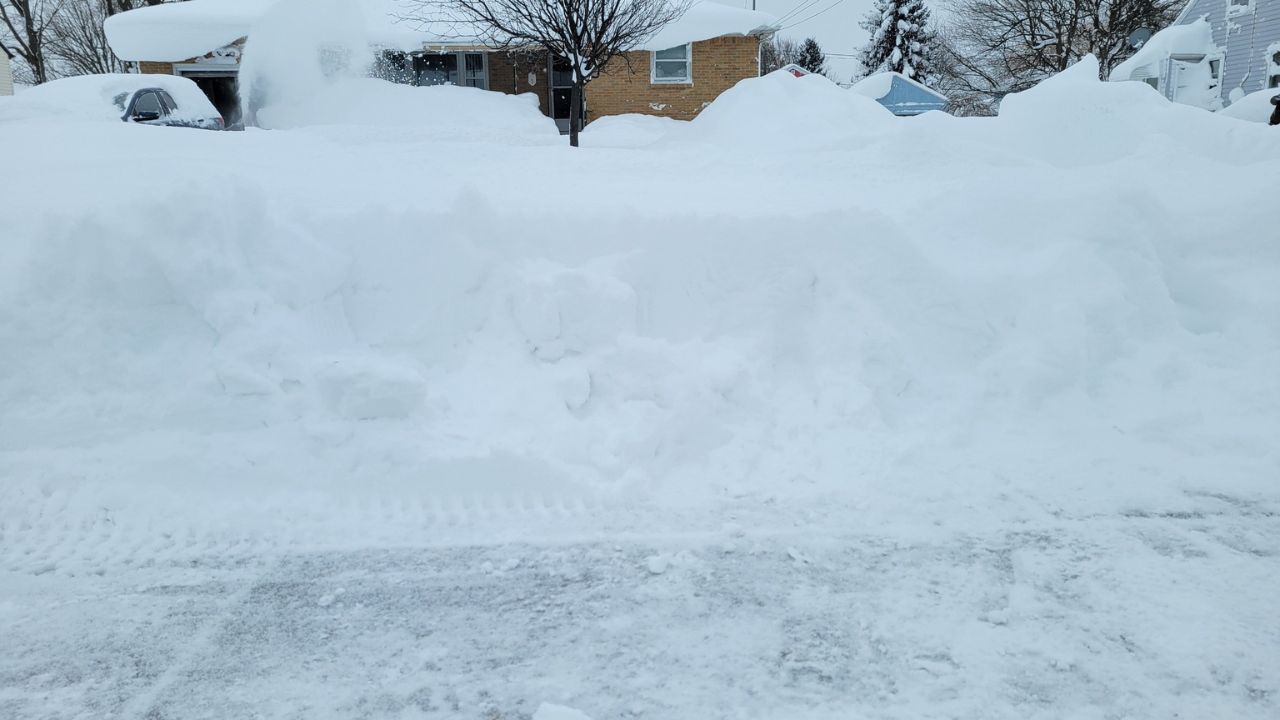
The blizzard continued for 37 hours. 47 people died. I stayed with my parents for nearly a week while I waited for roads to be passable. My neighbors graciously dug out my pipes and removed the snow from my driveway the best they could, and a payloader commissioned by the county helped crush down the tallest drifts. The carbon monoxide dissipated as soon as the pipes were clear, and my house sustained no lasting damage. Ironically, my neighborhood did not lose power at all during the course of the storm.
What Emergency Preparedness Looks Like For Me
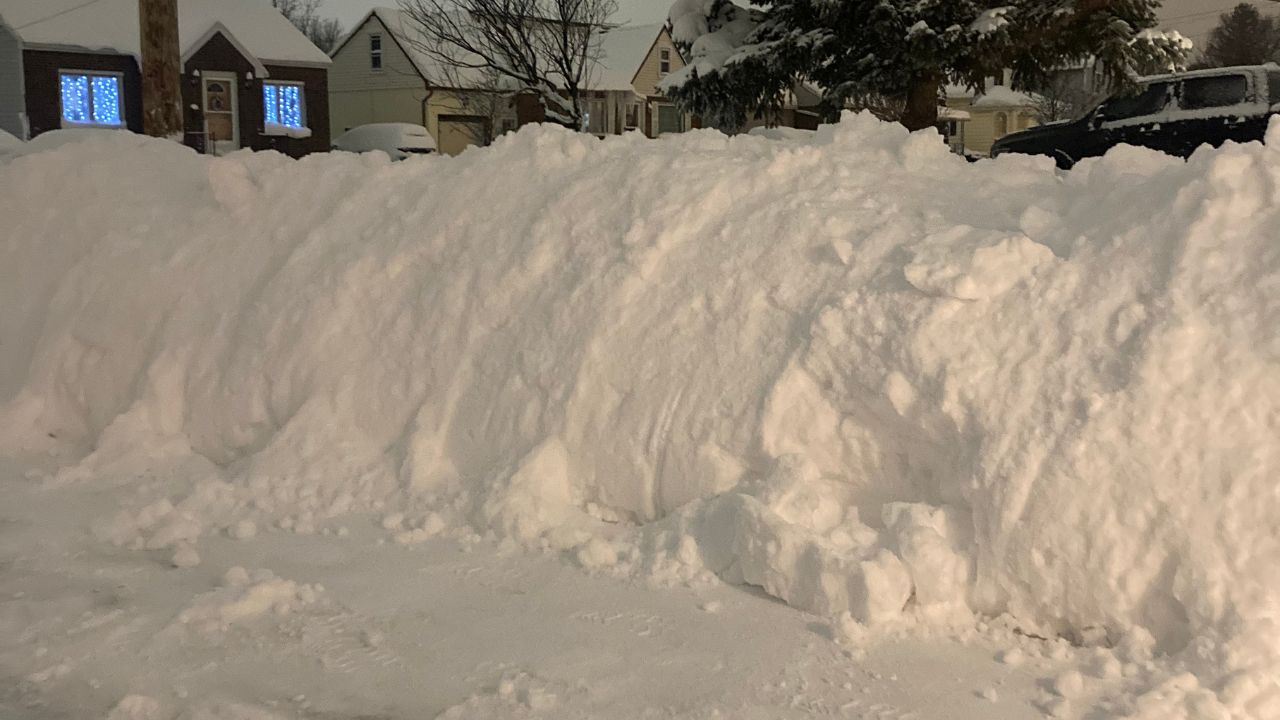
I’m extremely grateful that I didn’t have to go through the blizzard on my own: my anxiety would have spiraled out of control if I didn’t have someone with me to help hold down the fort, especially as a first-time homeowner.
Now, I take weather warnings a lot more seriously, even if the forecast turns out to be more mild than predicted. As such, I have my own emergency preparedness plan and prep list.
When I know a winter storm is coming, I place a grocery order, even if I just got groceries a day or two before: if I’m going to be stuck, I want to be stuck with plenty of food, and in the event of a long term emergency, you never know who around you might need help. I also do a load of laundry, washing sweaters, blankets, and outdoor gear like hats, scarves, and gloves so they’re clean and ready to go. I like to have at least a full gas tank in my car before any major snow in case gas stations are closed following the event.
In anticipation of leaving my home, I have a backpack with a few changes of clothes wrapped into bundles, a toothbrush, an extra charger, a water bottle, a weather radio, some pairs of socks, a pen and pencil, and a notebook. I have a mental and physical list of things I would need to grab and place in said bag if needed, including my laptop and folder of insurance information.
If you have pets like I do, don’t forget to plan for them. I have a bag of treats in my backpack, and I know I will have to fill two gallon-sized zip-log bags with dry food before departing. As both of my dogs have favorite toys, I plan on packing two toys for each of them and know exactly what they’ll be. Their leashes hang right by my door, so it’ll be easy to attach or pack them away as we leave.
Kids and Emergency Preparedness
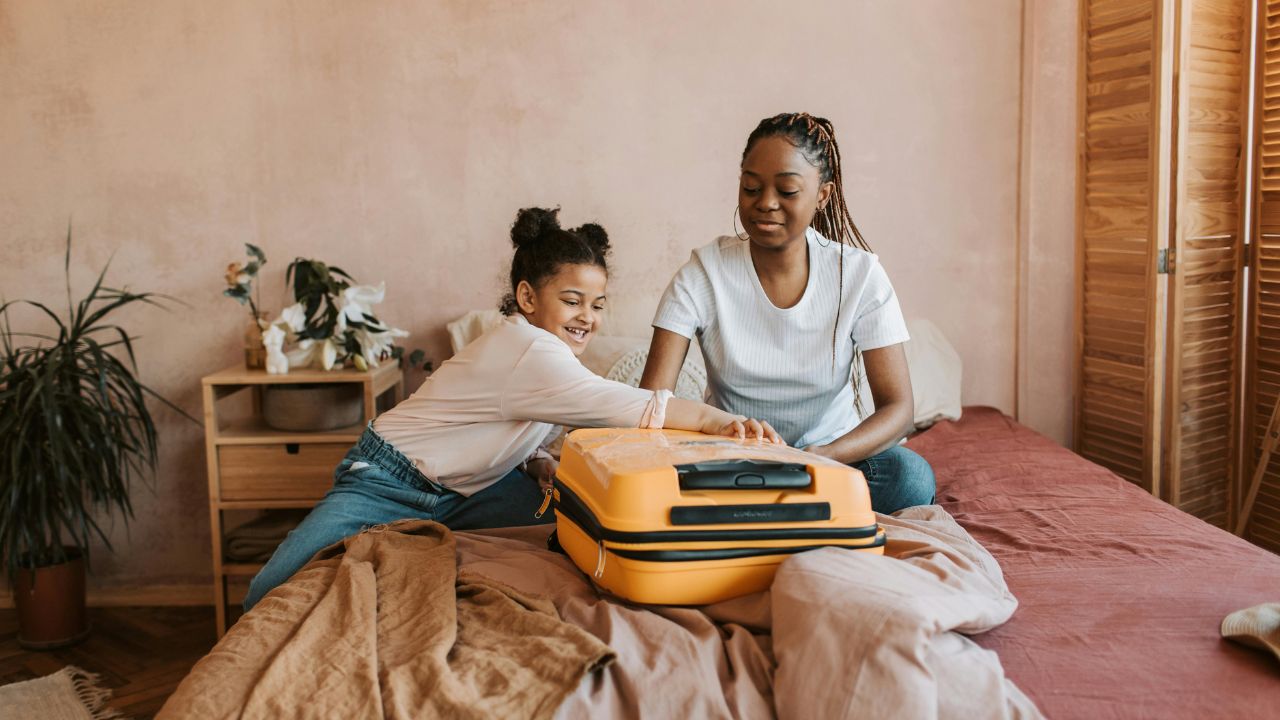
Younger kids learn how to react to new situations through observation. If you remain calm, chances are they will remain calm, too.
Changes in the environment are often difficult for toddlers and children up to age six or seven, and even if you have a pretty resilient kiddo, it’s best to prepare them for the changes ahead while using age-appropriate language and phrasing that matches the level of emergency. Be truthful about potential dangers and avoid using turns-of-phrase and metaphors with young children, as they likely will not understand you. Preparing your children for the worst is painful but essential to their understanding of the situation and emergency preparedness as a whole.
For example, take a look at this conversation guide for broaching the subject of evacuation:
- For Toddlers: “The weather here is not safe. We are going to take our things, get in the car, and go to where the weather is safe.”
- For Ages 5-9: “Do you remember watching the weather reports about the hurricane? It looks like the hurricane is coming here. School is canceled, and to make sure we stay safe, we are going to pack our bags like we do for vacation, pack up the car, and go to a hotel for a little while. Would you like to pick out some toys to bring with you?”
- For Ages 9-12: “Thank you for watching the weather reports with me for the last few days. We’ve talked about it, and it looks like we’re right in the middle of where the worst weather is going to be. We’re going to prepare the house, pack our bags, and leave to drive upstate tomorrow at noon. This is a scary situation, and I feel a little scared too. Let’s talk about our feelings while we pack our bags.”
During the teenage years, treat your kids like you would a fellow adult: don’t talk down to them, don’t speak to them like you would a five-year-old, and don’t minimize the situation. Teens are very well aware of the world around them, and taking a straightforward, realistic approach to potential hazards and emergency preparedness will go a long way in preparing your young adult for the situation at hand.
Regular tornado, evacuation, and shelter-in-place drills will help your child respond to real-life emergencies, and talking about emergency preparedness before an event happens is the best way to prepare kids for the worst. Don’t assume your children already know what to do.
If you’re unsure how to broach the topic of severe weather preparedness with your child, consider reading them books like FEMA’s Prepare With Pedro, Hurricane Vacation, Clifford and the Big Storm, and The Rhino Who Swallowed A Storm. Remember to pre-screen any book you plan to read to your child to make sure it’s age and developmentally-appropriate. Answer any questions they have, even if you find them silly, and remember to bring some toys, activities, and books to keep your kids entertained while you’re sheltering.
Confront Anxiety and Go With Your Gut
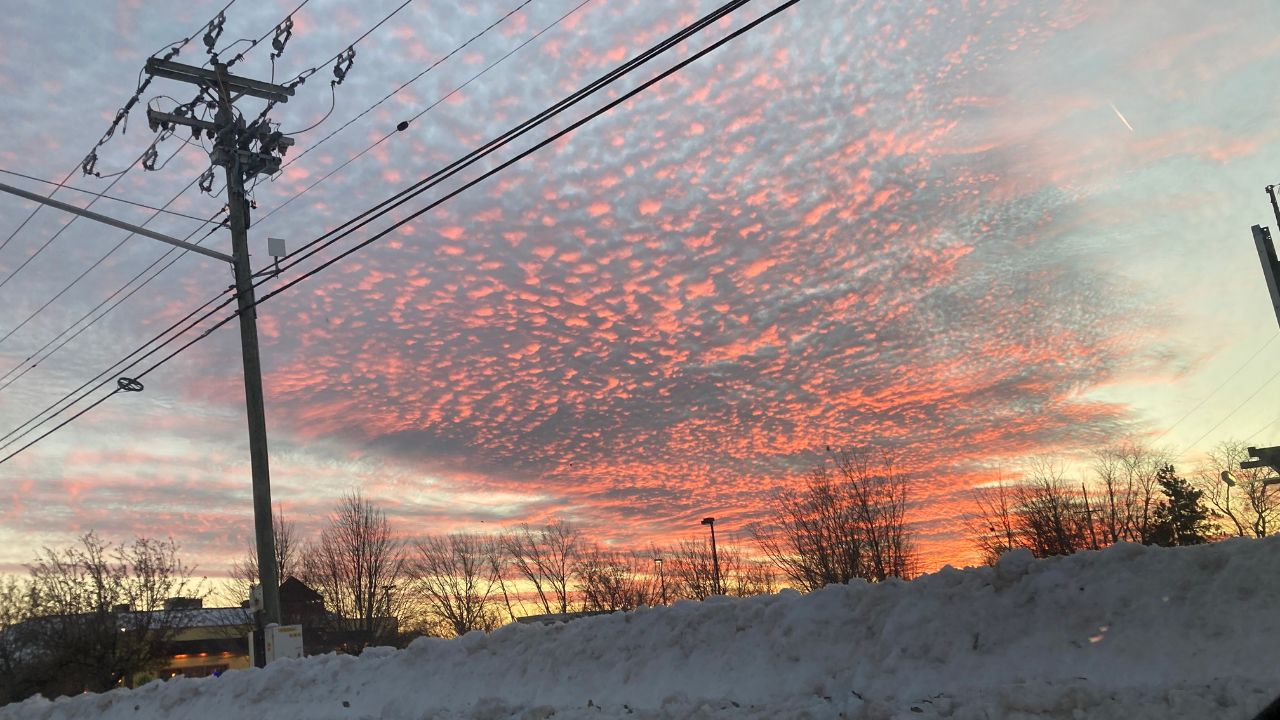
Natural disasters can be an anxiety trigger for many adults, especially those who have dealt with traumatic weather events in the past. People with anxiety have two modes: they either fixate on the fear and do whatever they can to be ready next time or avoid the subject completely. Both responses are harmful. Maintain a healthy level of awareness about natural disasters in your area in case you need to start emergency preparations, but don’t keep The Weather Channel on 24/7.
At the end of the day, if you feel like you need to evacuate or take shelter, go with your gut. Knowing what to do and having a go bag packed ahead of time will help you make spur-of-the-moment decisions.

